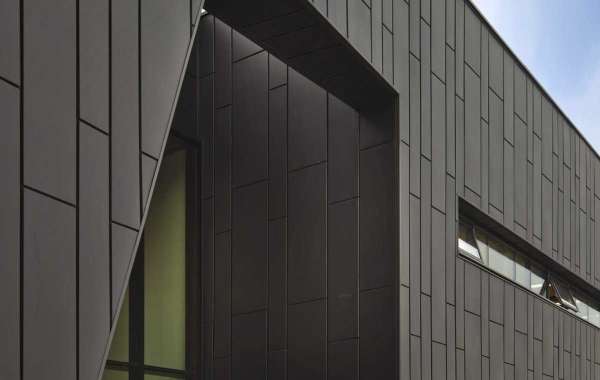In the building trade, the term `cladding' refers to applying one of many types of materials to the external walls to increase protection from the elements. Cladding protects a home by preventing water ingress and frost damage.
It may also provide a beautiful and modern touch to homes and business buildings, in addition to boosting security. Also, Aluminium cladding are a fire-resistant, strong, lightweight option for your feature wall or ceiling. Fire rated cladding is highly fire-resistant, and fire alarms will sound if something goes wrong, allowing to take necessary action swiftly.
1. Cladding protects and insulates your property
Cladding can help preserve a home from the elements by protecting the bricks beneath it and preventing structural damage. Cladding also adds another layer to your outside walls, which can help insulate your home. You can even invest in some insulated cladding panels to reduce even more heat loss for further insulation.
2. Cladding decreases the amount of maintenance required.
Because cladding adds an extra layer of protection to your property, it may require less upkeep on the exterior structure. Brickwork often requires maintenance such as repointing, plastering and painting because of the constant battering a place receives from the weather. By having cladding fitted to your home, you can help protect your brickwork from any structural damage.
3. Cladding creates a stylish finish
If you want a new look home but can't afford to move house, cladding can give your home a makeover and create a modern or traditional finish. The intelligent, angular board used in cladding can be lined up to create a panelling effect on your home, which will give it a modern style. To achieve a classic look, you could choose cladding, cut to show the tree's natural shape with an uneven, rustic style edge.
4. Cladding comes in a variety of materials.
The cladding profile is ideal for new homes and home remodelling and is available in all types of finishes and colours. The most common materials used for cladding are steel and aluminium, preferred in the commercial and industrial markets for their clean finish. Classic home siding materials include slate and wood to help create a rustic finish.
5. Cladding is simple to install
When you hire a professional to install your cladding, you won't have to wait long for the project to be finished because it's a straightforward process. A common way to install siding is to start by attaching batons to the surface of the house's outer wall.
Cladding is a great way to update the look of your home and help ensure that your home is protected from the elements. Traditional cladding alternatives such as wood or weatherboard can be replaced with exterior Aluminium cladding. Aluminium's strength and durability make it ideal for exterior construction projects, while its lightweight makes installation simple. Before you invest in Fire-rated cladding for your home, you should take a closer look at the available options and seek expert advice.








